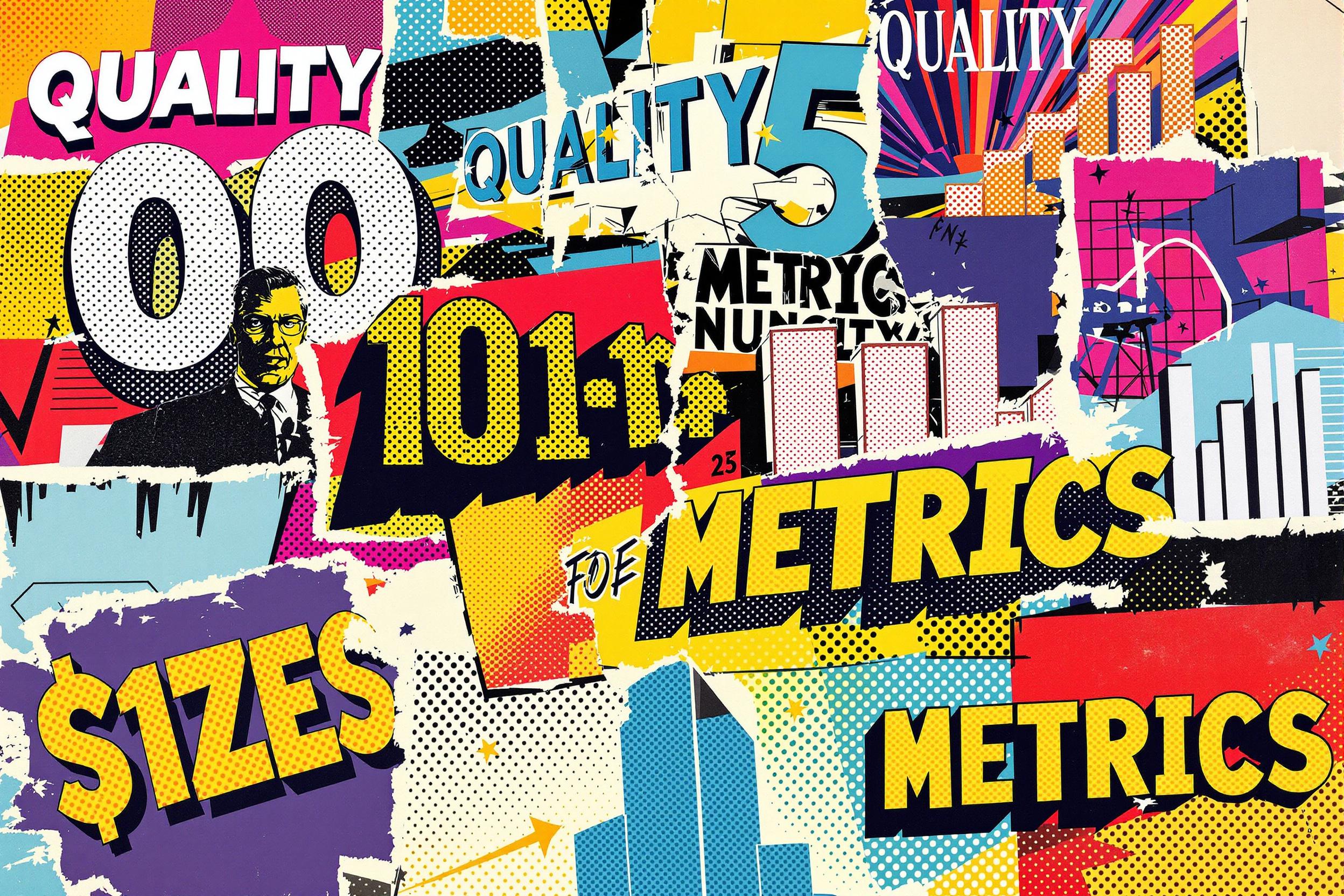
Water Quality Modeling
Water Quality Modeling is a method used by environmental professionals to predict and understand how clean or polluted water will be in rivers, lakes, and groundwater. It's like creating a computerized forecast, similar to weather prediction, but for water conditions. Professionals use special software tools to figure out how different factors (like rain, pollution, or temperature) affect water cleanliness. This helps companies and government agencies make decisions about water management, environmental protection, and following clean water regulations. Similar terms you might see include "hydrologic modeling" or "environmental simulation."
Examples in Resumes
Developed Water Quality Modeling solutions to assess river pollution levels for municipal client
Used Water Quality Models to predict environmental impacts of proposed industrial development
Led team in creating Water Quality Model simulations for compliance with EPA regulations
Typical job title: "Water Quality Modelers"
Also try searching for:
Where to Find Water Quality Modelers
Professional Organizations
Job Boards
Professional Networks
Example Interview Questions
Senior Level Questions
Q: How would you approach developing a water quality model for a complex river system with multiple pollution sources?
Expected Answer: A senior modeler should discuss gathering historical data, identifying key pollution sources, selecting appropriate modeling software, calibrating the model with real data, and validating results. They should mention stakeholder communication and regulatory compliance.
Q: What strategies do you use to handle uncertainty in water quality modeling?
Expected Answer: Should explain how they use different scenarios, sensitivity analysis, and statistical methods to account for uncertainties in data and predictions. Should mention experience in explaining these uncertainties to non-technical stakeholders.
Mid Level Questions
Q: What factors do you consider when selecting a water quality model for a project?
Expected Answer: Should discuss project requirements, available data, time constraints, budget, regulatory requirements, and client needs. Should show understanding of different modeling software capabilities.
Q: How do you ensure your water quality model results are reliable?
Expected Answer: Should explain model calibration process, data validation, comparison with real-world measurements, and quality control procedures.
Junior Level Questions
Q: What are the basic parameters typically included in water quality models?
Expected Answer: Should be able to list and explain basic water quality parameters like temperature, dissolved oxygen, nutrients, pH, and sediments. Should understand how these affect water quality.
Q: What software tools have you used for water quality modeling?
Expected Answer: Should be familiar with at least one common modeling software and understand basic data input requirements and result interpretation.
Experience Level Indicators
Junior (0-2 years)
- Basic understanding of water quality parameters
- Use of standard modeling software
- Data collection and organization
- Simple model runs and basic analysis
Mid (2-5 years)
- Model calibration and validation
- Project management
- Report writing and presentation
- Working with regulatory requirements
Senior (5+ years)
- Complex model development
- Strategic planning and decision making
- Team leadership and mentoring
- Stakeholder communication
Red Flags to Watch For
- No understanding of basic water quality parameters
- Lack of experience with modeling software
- Poor data analysis skills
- No knowledge of environmental regulations
- Unable to explain modeling results in simple terms
Need more hiring wisdom? Check these out...

Stop Chasing Unicorns: How to Finally Improve Candidate Quality Metrics (and Actually Enjoy Hiring)

Refining Job Descriptions to Expand Applicant Pools: Casting a Wider Talent Net

Navigating Compliance: Structuring On-the-Job Training in Regulated Industries

